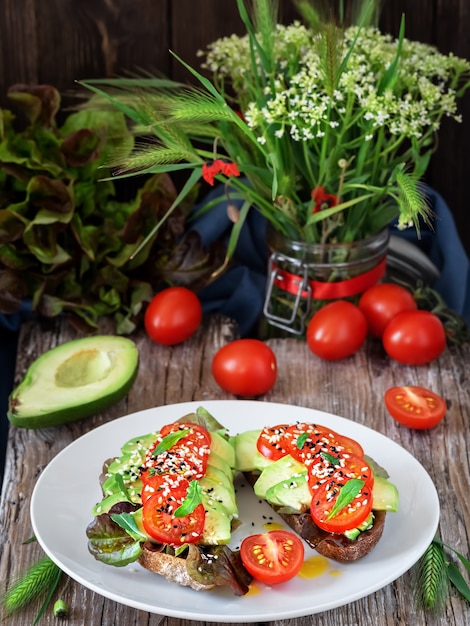
The hCG diet, initially conceived by Dr. AT William Simeons, is a weight-loss plan that combines the hormone hCG (human chorionic gonadotropin) with a very low-calorie diet (VLCD). Dr. Simeons introduced this concept in his book, *Pounds and Inches: A New Approach to Obesity*, suggesting that the hCG hormone helps the body burn fat more effectively, even at a calorie deficit. The diet unfolds in four phases, designed to help participants shed weight and maintain their results.
### Overview of the hCG Diet’s Phases
1. **Loading Phase**
The first phase, known as loading, involves consuming high-fat, high-carb foods for two days. While this might sound counterintuitive, the idea is to store up energy reserves for the next phase, preparing the body for the restrictive low-calorie regimen.
2. **Burning Phase (Very Low-Calorie Diet)**
This is the heart of the diet, lasting between 26 and 43 days. During this period, participants consume just 500 calories daily, supplemented by hCG drops, pellets, or injections. This extreme calorie restriction activates the fat-burning process, allowing the body to tap into stored fat for energy. The diet focuses on strict portion control, with participants consuming two servings each of lean protein, identical vegetables, fruits, and bread, along with at least 3-4 liters of water daily. Skipping meals or adding snacks is discouraged. Seasonings like herbs, lemon juice, and natural spices are allowed, but calorie-dense ones should be avoided.
**Allowed Foods During Phase 2:**
– **Fruits:** Strawberries, oranges, apples, grapefruits
– **Vegetables:** Salads, celery, cucumber, asparagus, radishes, fennel, cabbage
– **Protein:** Chicken, lean beef, white fish, shrimp, crab, lobster
– **Bread:** Melba toast, grissino (breadsticks)
Food preparation methods include baking, broiling, grilling, boiling, or frying (without oil).
3. **Stabilizing Phase**
After the burning phase, participants switch to a sugar- and starch-free diet for three weeks. The goal here is to stabilize weight loss while gradually reintroducing new foods. At this stage, participants stop taking hCG. While consuming at least 500 calories daily, they can enjoy additional options like broccoli, mushrooms, pork, or pineapple. However, it’s crucial to monitor weight daily to ensure consistency in results. Tight control over calorie content is maintained, and any significant weight gain may require a “steak day,” where steak is consumed alongside a lighter meal.
4. **Maintenance Phase**
The final phase involves increasing calorie intake to around 1,500 calories per day. Previously restricted foods, like sugar, are slowly reintroduced to avoid a sudden weight gain. The focus here is on long-term healthy eating habits while continuing to monitor weight regularly.
### Sample hCG Diet Recipes
Because the hCG diet restricts certain foods, recipes are tailored to fit these limitations while maintaining flavor. Below are some examples:
– **Roasted Steak and Onions:**
Lean flank steak is seasoned, pan-seared, and cooked with sliced onions for a hearty dish.
– **Chicken Apple Wraps:**
Diced chicken is mixed with spices, diced apple, cinnamon, and stevia, wrapped for a sweet and savory meal.
– **Whitefish Taco Wraps:**
Spiced whitefish is baked and served on crisp lettuce leaves for a refreshing twist.
– **Tomato Basil Chicken:**
Chicken is cooked with fresh tomatoes, garlic, and basil, offering a simple yet flavorful option.
– **Barbecue Chicken Salad:**
Shredded chicken tossed in sugar-free BBQ sauce is served on a bed of fresh lettuce with a breadstick.
– **Peppered Steak with Tomato:**
Grilled lean steak seasoned with lemon, pepper, and herbs is paired with fresh tomato slices.
– **Lemon Shrimp:**
Shrimp is baked in a flavorful blend of lemon juice, garlic, and parsley, then enhanced with a tangy, hCG-approved sauce.
– **Spinach and Basil Pesto Chicken:**
Pesto made from fresh basil, spinach, and lemon is served with baked or grilled chicken.
– **Veal Parmesan:**
Grilled veal is topped with a rich tomato and basil sauce, accompanied by crushed breadstick sprinkles.
– **Lemon Herb Fish with Lettuce:**
Baked cod served over fresh lettuce, drizzled with lemon juice and oregano, creates a light and zesty dish.
### Side Dishes
– **Roasted Tomato Slices:** Thinly sliced tomatoes are seasoned with garlic and rosemary, then roasted to perfection.
– **Cucumber Dill Salad:** Fresh cucumber is tossed in vinegar, dill, and seasoning for a refreshing side.
– **Roasted Asparagus:** Asparagus is baked with lemon juice, minced garlic, and salt for a simple yet flavorful accompaniment.
### Soups
– **Chicken Broth:** A comforting soup made with chicken, onion, and homemade broth, spiced with garlic, curry, and cinnamon.
### Beverages
– **Frozen Strawberry Slush:** Blended strawberries, ice, and stevia make for a refreshing treat.
– **Blended Coffee:** Unsweetened coffee mixed with ice and flavored stevia offers a low-calorie pick-me-up.
– **Grapefruit Mocktail:** Mineral water, grapefruit juice, and orange stevia combine for a zesty, fizzy drink.
### Desserts
– **Chocolate Cheesecake:** Cottage cheese blended with cocoa, vanilla extract, and stevia satisfies sweet cravings.
– **Baked Toffee Apple:** Apples are baked with cinnamon, stevia, and nutmeg to create a warm and spiced dessert.
### Key Reminders
The hCG hormone (via drops, pellets, or injections) must be used consistently for the best results. Health conditions or menstrual cycles may affect suitability, so consult your doctor before starting. With its carefully structured phases and targeted food list, the hCG diet aims to help participants lose weight while adjusting to sustainable eating habits.